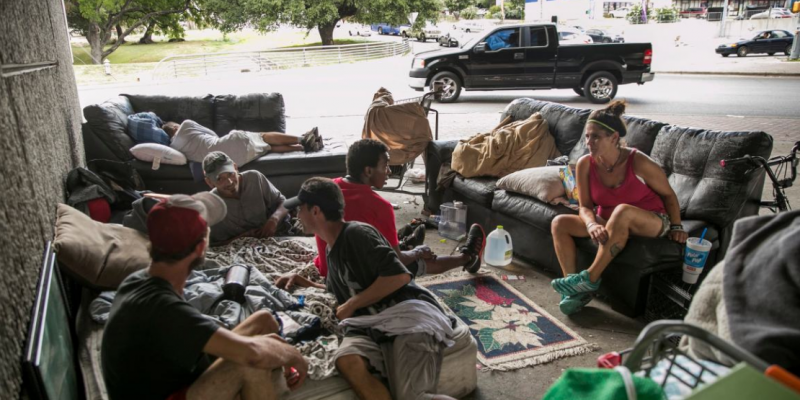The number of renter households in Texas is growing at twice the rate of owner households, while the number of households spending more than 30 percent of their income on rent has also increased, according to a new analysis published by the Harvard University Joint Center for Housing Studies.
The report looks at affordable housing data nationwide.
“Despite slowing demand and the continued strength of new construction, rental markets in the U.S. remain extremely tight,” the report states. “Vacancy rates are at decades-long lows, pushing up rents far faster than incomes. Both the number and share of cost-burdened renters are again on the rise, especially among middle-income households. These conditions reflect fundamental market changes since the recession, including an influx of higher-income households, constraints on new supply, and substantial losses of low-cost rentals.”
In Texas, the report found that by 2018, nearly half of rental households were moderately or severely cost burdened. Those spending between 30 and 50 percent of their household income on rent are considered moderately cost burdened; those who are severely cost burdened spend more than 50 of their household income on rent.
In 2018, 1.7 million Texas households were cost burdened, up from 1.4 million in 2008.
While housing units continue to be built, many are unaffordable, the report states.
In Texas, over a 10-year period, the state lost roughly 586,000 units renting for less than $800 a month. Over the same time period, more than a million rental units costing $1,000 a month or more became available.
In Dallas, the report notes, more than 199,000 units were available at $1,400 a month or more between 2008 and 2018; whereas the availability of units renting for less than $800 a month decreased by 73 percent. Similar trends were found in Austin, Houston and San Antonio.
In Austin, for example, 91.2 percent of households earning less than $15,000 a year spend at least half of their incomes on rent. There are more severely cost-burdened households in Austin than in any other metropolitan area in the country among the same income bracket, the report found.
Between 2008 and 2018, the Austin area reported the third-highest growth rate of renter households in the U.S., fueled by a dramatic increase in upper-income renters. Higher income renters, and greater demand for rental units, have helped increase property values and rental prices, fair housing advocates argue.
“A by-product of the unprecedented growth that Central Texas is experiencing is a sharp decline in affordability, in part due to rising home values, increasing rents and growing transportation expenses,” HousingWorks Austin, a housing advocacy organization, states on its website.
Austin also has the lowest vacancy rates and the lowest percentage of rental units costing less than $600 a month of all metropolitan area in Texas, the Texas Tribune reports.
The federal government defines affordable housing as costing no more than 30 percent of a household’s gross income.
According to a 2019 HousingWorks analysis, Caldwell County has the lowest average rent ($882 a month) and median home price ($193,050), but also has the lowest median family income of $59,779, and the highest percentage of its population living at the poverty rate of 17.7 percent.
Travis County has the greatest number of individuals below poverty (159,948); Hays County has the highest percentage of cost-burdened (38 percent) and extremely cost-burdened (18 percent) residents. Williamson County has the highest median family income of $93,076 and the lowest poverty rate of 7 percent.
Advertisement
Advertisement

